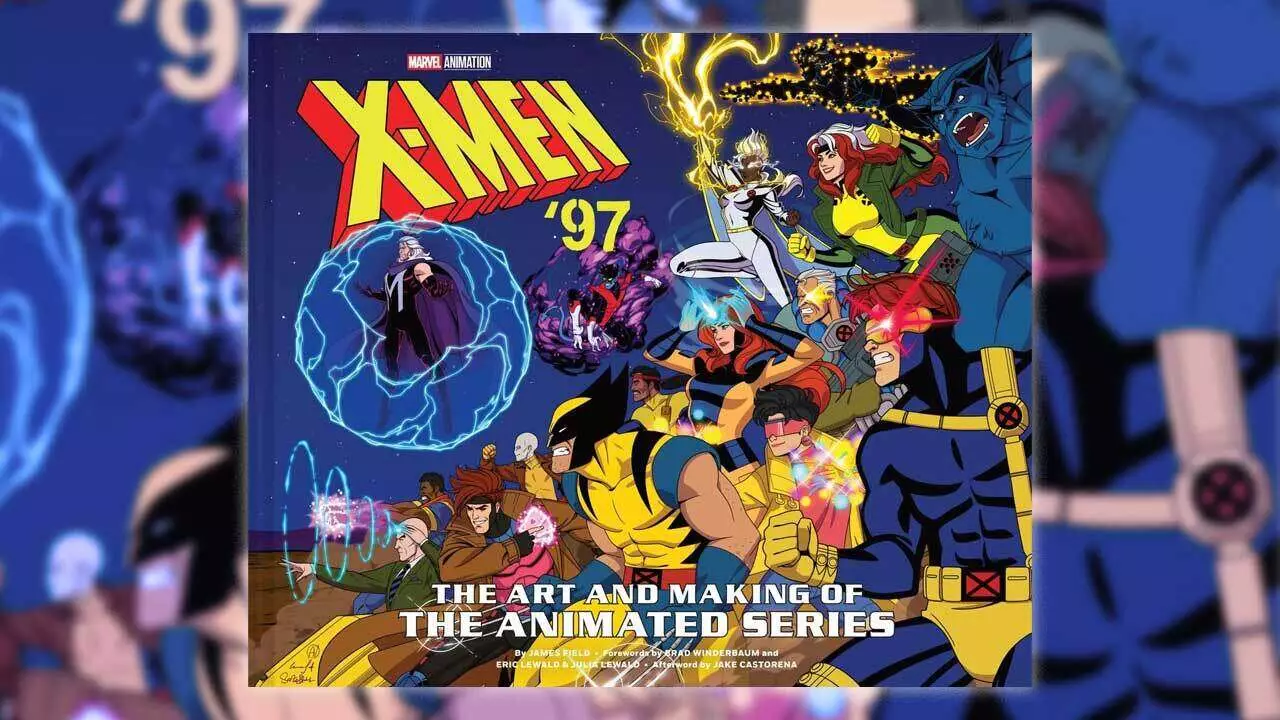The resurgence of classic animated series like the X-Men ’97 signifies a broader cultural embrace of childhood memories and timeless storytelling. What elevates this revival is not just the series itself but the accompanying art books that unlock the creative heart behind the animation. These volumes are more than mere collections—they are gateways into the minds of the artists, writers, and animators who painstakingly crafted the beloved characters and worlds. They challenge the notion that animation is merely for children, instead positioning it as a sophisticated art form deserving of meticulous documentation and critical appreciation.
Detailing the Creative Process
The recently released “X-Men ’97: The Art and Making of the Animated Series” stands out as a testament to the detailed craftsmanship of modern animation. Spanning 224 pages, it is a treasure trove of original storyboards, character design sketches, animation cels, and concept art. But what separates this book is its candid insight—through commentary from the creators, it reveals the nuanced decisions that shaped the series. It’s not just glossy images; it’s a narrative about how vision turns into reality, how characters evolve from rough sketches to iconic figures on-screen. This transparency deepens fans’ appreciation, transforming passive viewers into active participants in the creative journey.
Honoring the Past with Thoughtful Retrospection
Interestingly, the appeal extends beyond the new revival. The original X-Men animated series, which first aired in the ’90s, is also spotlighted through a comprehensive art book authored by showrunners Eric and Julia Lewald. With 288 pages of unseen sketches, character models, storyboards, and background layouts, it provides an intimate look into one of the most influential superhero cartoons ever made. The Lewalds’ behind-the-scenes commentary offers invaluable context, reinforcing the significance of the series as a turning point in animated storytelling and superhero narratives. This dual focus on both past and present exemplifies how animation is a continuum of innovation, molded by passionate artisans who constantly redefine the genre’s boundaries.
Expanding the Universe: Manga and Beyond
For those eager to deepen their engagement with the X-Men universe, the reprinted manga adaptation amplifies the franchise’s artistic diversity. With volumes one and two now reintroduced after decades out of print, fans have a unique chance to explore the series through an entirely different aesthetic lens. These manga volumes are not just collectibles; they are reinterpretations that bridge Western animation with Japanese manga artistry, fostering cross-cultural appreciation. Additionally, the recent release of “The Art of Marvel Studios’ What If…?” extends the appreciation of animation into the realm of live-action Marvel universe expansion. Its pages overflow with concept art and creator insights into alternate universe scenarios, highlighting the limitless potential of visual storytelling.
Why Artistic Collections Matter
This flourishing interest in art books underscores a broader cultural shift—a desire to preserve and celebrate the craftsmanship behind popular entertainment. They serve as vital resources, encouraging aspiring artists and animators to study the meticulous processes involved. Moreover, these collections reinforce the idea that animation is a serious artistic pursuit, deserving of the same reverence as traditional fine arts. For passionate fans and collectors alike, these books are invaluable tools, transforming nostalgic affection into a deep appreciation for the art and dedication that bring imagined worlds to life.

